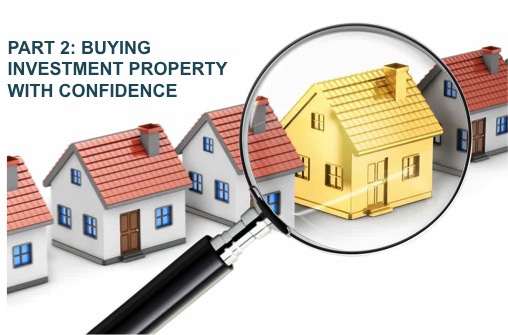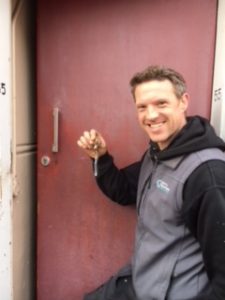This week Chris and I stopped in at our latest acquisition (a 3 bedroom flat) to review the project plan and confirm what is being ripped out next week.
It has always been said that a picture paints a thousand words, what about a video? We thought our visit to the flat was an ideal opportunity to make a short video to help capture phase 2 of the process we have been referring to in our recent posts (CLICK HERE for Post 1), for how we are de-risking deals and buying with confidence.
This second phase is all about transforming the property and forcing the value through the refurb. You may have heard investors refer to a refurb as a ‘fluff and buff’ ie to paint, fix and clean, and by doing so the property can be put back on the market for a tidy profit. Behind the scenes however the reality can be very different. You really need to ensure you are working back from the end game (the exit you have in mind) so that the spec and costs of what you put into the refurb are not disproportionate (in either direction) to the end use.
If, like us, the optimal end use has been identified as SA and you know the audience you want to serve – it will inform how you want to refurbish the property.
When I first bought a refurb property in 2008 I was so unsure about what to modify, where to start, associated costs and timings etc but I realise it didn’t have to be so. If I’d had some basic understanding of the most important areas to spend for biggest impact and usability long term, it would have been a lot more straightforward. With our current refurbs, we are looking at key aspects that will result in ease of maintenance, longevity, energy performance, a decent uplift in value, marketing and usability.
Of course Chris is integral to this, not saying that one has to partner with a builder, if you can great, but if not at least have 1 or 2 friendly ones to call upon. It’s then about you having the knowledge to ask the right questions and confidence to guide them in helping you achieve the highest leverage outcome.
To go from picking up keys to a newly refurbished property that’s fit for your desired exit strategy your key components to organise, in an order that we find flows, are:
- The budget plan
- The description of works
- The project plan
- The team
Some investors want to be hands on in the project management, others will want their builder to control that part, in which case you will still want a good understanding and control of these key components. The path of least resistance when first getting started is to make a description of works on a room by room basis. Now, dependant on the scale of your project you may want to break refurb tasks down by trade or in some cases you may find it more straight forward to go room by room breaking down each task to help plan costs, materials and associated time frames.
For many investors starting out, the refurbishment process can be the most daunting, as it throws up the fear of the unknown, the ‘black hole’ in which to throw your money. It’s the part where you could overspend, lose control and chip away at the profit margin, but vice versa, underspending and cutting corners won’t help your case (or reputation either). This is why the refurb is so closely linked with the end phase of monetising the property, which we will go into in our next post.







